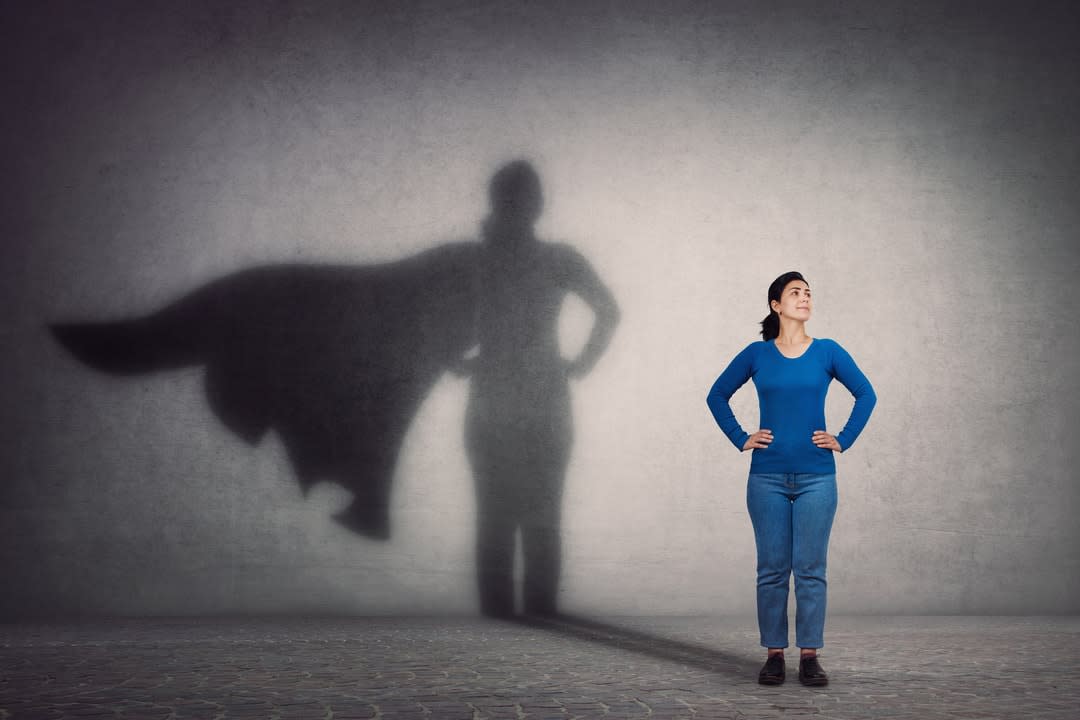Shifting the visual story on women who have experienced domestic violence
During the past five years, we've been fortunate to work as domestic and family violence (DFV) researchers in Victoria and Australia.
In the wake of the Royal Commission into Family Violence, and national and international focus, there have been multiple opportunities to work collaboratively and creatively with the family violence response sector, and with government agencies and departments.
Most importantly, we've been privileged and humbled to listen to and learn from those who have experienced DFV; from women across Victoria, from First Nations women, from women in refugee and immigrant communities, and from women with disability.
Their experiences of violence have been diverse, confronting, difficult and often sustained over decades. Many have lived through this violence while caring for their children.
Read more: Domestic violence: What we can learn from Brazil
Although the persistence of this violence, its intensification in times of crisis, such as COVID-19, and the ongoing shame of our intimate partner fatality statistics, are disheartening, the strength, resilience and strategic capacity of those who have experienced and survived DFV show that, if we listen and learn from them, and follow their examples and leadership, we can – and will – overcome it.
When we write and talk about DFV, however, we often embed images or iconography that don’t reflect this strength and resilience. The persistence of images of shattered glass, or of women with their heads in their hands, or standing silent and sad in the face of an abusive partner, do tell us something important about the terror of being abused by someone who should care for and respect us.

They have been, and are still, critical tools to educate and remind us all of how "violent" this violence is. But when these images predominate or are used as defaults in campaigns, media reporting and public commentary, they may inadvertently reinforce DFV myths, such as "that could never happen to me", or "I don’t understand why these women don’t leave", and linked to these responses, that "real" DFV is limited to physical violence.
The images, rather than challenging these myths, can become a problematic shorthand for the broader problem. Certainly, they don’t effectively illuminate the capacity, insights and power of the women we've spoken to in these years.
Women we've talked with are mothers, daughters and friends; they've survived, or are surviving in, incredibly difficult circumstances. Their patterns of engagement with children, partners, families and services reflect their careful assessments about what is the best and safest approach in that moment and going forward, sometimes for them, but very often for everyone around them, including their abusive partners.

Every detail of every day requires their careful attention and management; they're holding together a complex set of threads, and they cannot afford to let any of them slip. And amid that, they share stories, practical strategies, emotional support and laughter with peers, service providers, and with us as researchers, too. They're strong, generous and smart.
We know that gender inequality underpins gendered violence. Deeply-embedded assumptions about who women are and how they should "be" in our society create the conditions that hide, tolerate and, in the bleakest of analyses, support violence against women.
Changing these norms is central to stopping DFV. Representing women as victims only, as "broken", or as silenced may resonate with, rather than confront, these norms. Even using abstract images, such as broken glass, may reinforce the harm, rather than recognising the reparative and creative living of women experiencing DFV.
We've changed and broadened our understandings of, our responses to, and our sense of collective responsibility for this violence – let’s change and broaden our depictions, too.
Sandra Jones argued in 2015 that effective domestic violence campaigns need to be well-crafted, clear and effectively targeted. But we would argue that we need to go beyond clear writing and campaign design; the imagery and iconography we use are vital in interventions for change.
Catherine Kevin has recently explored the importance of powerful and positive posters and cultural representations in the feminist campaigns of the 1970s and 1980s that worked for recognition of, and changed responses to, domestic and family violence in Australia. We do need to know and accept the depth and destruction of this violence to change it; reporting and reflecting its magnitude and harm is a critical part of that change. But we also need to record and represent that women are not broken by it. We know this because of their disclosures, advocacy, ongoing capacity to nurture and care for others and their survival, because of the change they have led.
Our Watch guidelines (2019) on reporting violence against women reinforce the importance of avoiding images that "infantilise" women or perpetuate harmful stereotypes.
So when we consider images to support reporting, education and advocacy about DFV, let’s think beyond the visual conventions that invoke broken and shattered, or despairing and despondent. These emotions are part of women’s experiences of DFV, but they're not the totality, and they don’t reflect the strength and resilience of these women. We've changed and broadened our understandings of, our responses to, and our sense of collective responsibility for this violence – let’s change and broaden our depictions, too.





